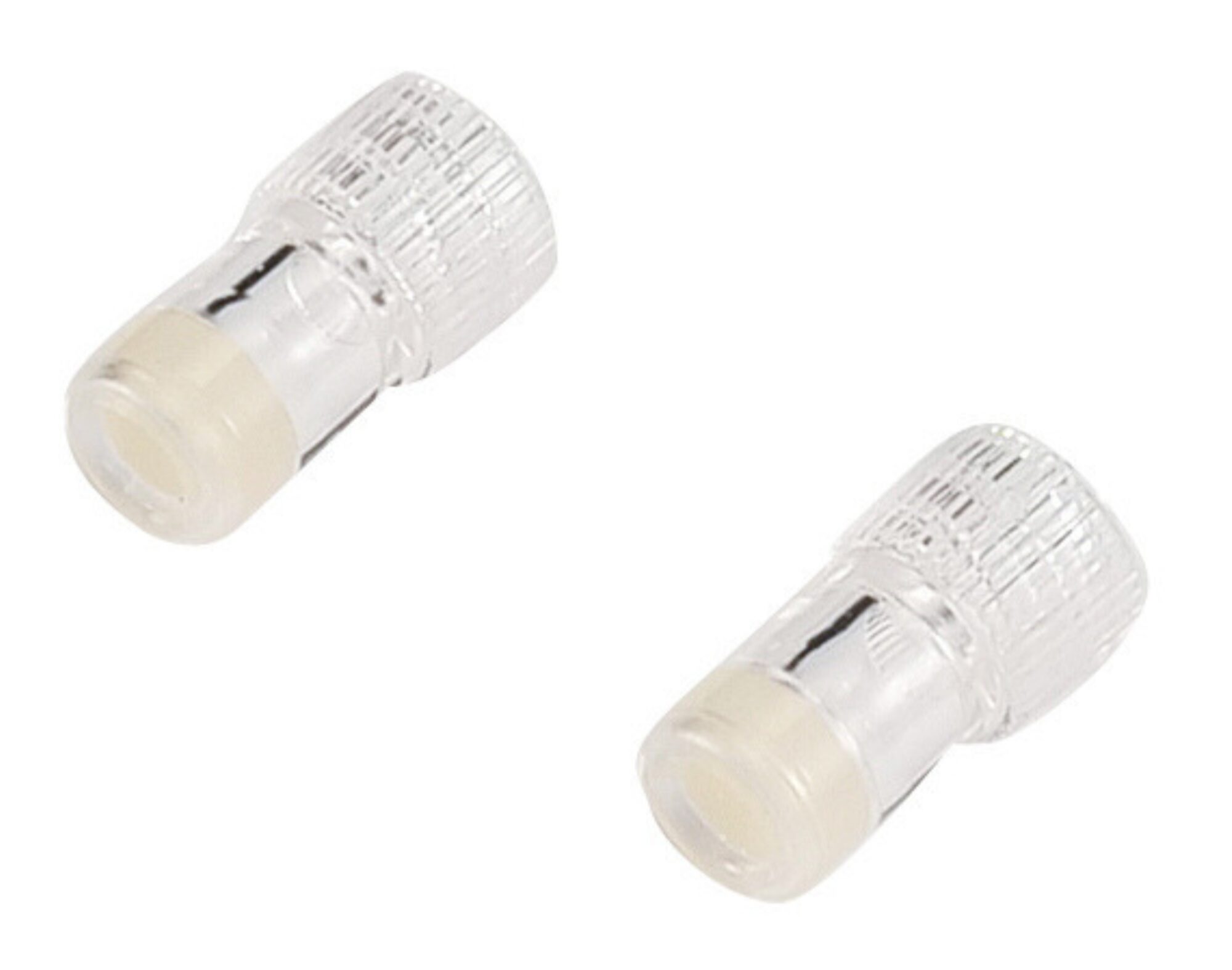A Heparin Cap is a specialized medical device designed to maintain the patency of intravenous catheters by preventing blood clot formation, thereby ensuring continuous flow. This critical injection stopper is manufactured by Gaiamed in ISO and CE certified facilities, guaranteeing the highest standards of quality and safety for reliable performance in clinical settings.
What is a Heparin Cap?
A Heparin Cap, also known as an injection stopper, is a medical device crucial for maintaining the patency of intravenous (IV) catheters by actively preventing blood clot formation and ensuring continuous fluid flow. This device features two male luer lock connector types: distal and octagonal distal, offering versatile compatibility.
Designed for use by healthcare professionals experienced in IV catheter insertion and maintenance, the Heparin Cap requires replacement every 24 to 72 hours, depending on facility policies and patient condition. Adhering to these guidelines is essential to minimize the risk of infection and other complications.
Product Specifications
Type
Heparin Cap: Distal Male Luer Lock Connector
The Distal Male Luer Lock Connector is a key component of the heparin cap, featuring an opaque yellow body and a male luer lock with a recessed luer taper. This design ensures a secure connection for reliable fluid delivery. Equipped with a self-sealing injection port at its proximal end, it is also DEHP-free and Latex-free, guaranteeing enhanced safety for all medical applications.
Heparin Cap: Octagonal Distal Male Luer Lock Connector
The Octagonal Distal Male Luer Lock Connector is a compact, male connector engineered for precise fitting into a female luer. With a minimal priming volume of 0.1 mL and a length of 0.75 in (1.9 cm), it is a standard feature in heparin caps. Its design facilitates the easy and secure attachment of other medical devices, streamlining clinical procedures.
Uses
To use a heparin cap, begin by disinfecting the injection port thoroughly with an alcohol pad and allow it to dry completely. Next, remove the protective cap from the syringe and securely attach the heparin cap to the end of the syringe. To administer medication, insert the syringe into the heparin cap and inject the desired amount of medication into the catheter.
How often should Heparin Cap connectors be changed?
The frequency of changing heparin cap connectors varies based on institutional policies and individual patient requirements. Typically, these connectors are replaced during routine IV line changes, which commonly occur every 72 to 96 hours. However, immediate replacement is essential if the cap becomes contaminated, damaged, or exhibits any malfunction.
How does a Heparin Cap work?
A Heparin Cap functions as an auxiliary instrument specifically designed for use with a non-ported IV cannula. When securely attached to the IV cannula, it creates a safe and convenient access point. This allows for the efficient administration of medication or the collection of blood samples without the need for repeated venipunctures, thereby enhancing patient comfort and simplifying clinical procedures.

No responses yet